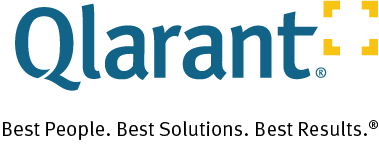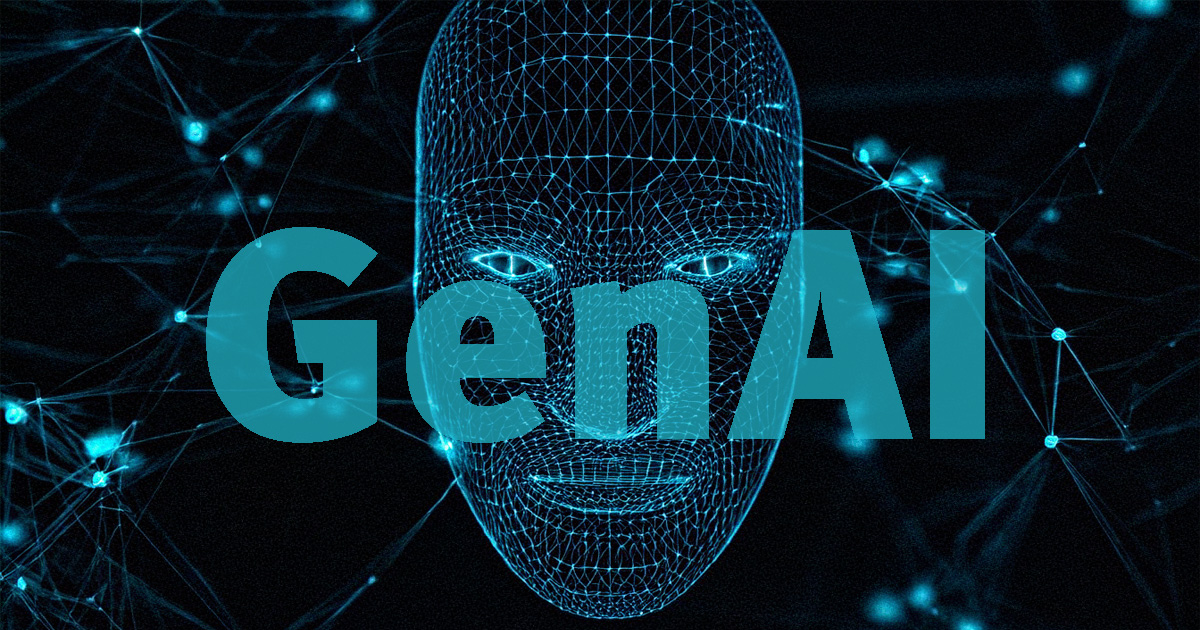What’s In Your Electronic Health Record (EHR)?
Remember the days when people used to write on paper with a pen or pencil. Will the pen and pencil someday be in the Smithsonian Museum of History?
 I guess my typing class in ninth grade is paying off after all. What’s the point of studying for spelling tests when we have spell check on our computers and at our fingertips? Spellcheck even tries to help guess what we are spelling by presenting suggestions for us to choose from or just changing the word automatically for us. Take the abbreviation “EHR” for example, the computer helps me out every time by reorganizing the letters for me into what it thinks I meant to spell.
I guess my typing class in ninth grade is paying off after all. What’s the point of studying for spelling tests when we have spell check on our computers and at our fingertips? Spellcheck even tries to help guess what we are spelling by presenting suggestions for us to choose from or just changing the word automatically for us. Take the abbreviation “EHR” for example, the computer helps me out every time by reorganizing the letters for me into what it thinks I meant to spell.
Writing activates parts of our brain involved in thinking and memory. It helps one think more thoroughly about the information one’s documenting. Since writing is slower and more tedious, it makes it harder to take notes verbatim. Therefore, one has to actually process the information and summarize it in a way that makes sense to us and forces our brain to engage with the information. A draw back, everyone’s handwriting is different and not everyone’s handwriting is legible to read (the unofficial term for bad handwriting—chicken scratch).
This makes the reader have to decipher at times the written word. Hmm…. almost like the computer spell checker does for words it does not recognize.

On the other hand, typing encourages verbatim notes without giving much thought to the information. This mindless transcription can lead to a lack of meaningful understanding of the information. Although typing allows words to be documented more quickly and more legibly, that doesn’t mean what is written is any more understandable. This can be especially noticeable when there is redundancy in text data, incorrect concepts are used, or references are made to data that was accidentally or intentionally copied from other sources, i.e. another office visit’s notes.
Now that we can access our medical records electronically through our doctor’s patient portal and they are legible to read, have you ever sat down and read the medical note your provider wrote about you? Putting aside the medical terminology, how did it flow? Computer technology makes it very easy to cut and paste or copy and paste data from one location to another. While this technology is great to help save time, especially if you are a slow typist or very busy, it can have it consequences if not done correctly or quality checked for accuracy. Providers are not only expected to see and care for many patients throughout their day, but they are also required to make sure whatever is done is also documented clearly in the patient’s medical record. As technology makes things easier and faster for us to do our jobs, it also makes it easier and faster, when in a hurry or busy, to make factual errors, or use boilerplate or copious amounts of text of little relevance to the individual patient.
Back to question about reading your medical record. Have you? Being a nurse, I have seen records where a person’s age and sex changes within the same office visit note (date of service) and social histories or physical exam documentations appear to stay the same from one office visit to the next. I have seen words misspelled or spelled correctly, but the wrong word was used in the sentence which can lead to confusion. You know, like when you send a text to someone and the word you typed is changed by your smartphone and now the message you sent to your friend sounds encrypted and you don’t even recognize what you said even though you sent it.
I have also seen records that have diagnoses listed when the note within the visit states they have been ruled out. And by the way, according to CPT® there are specific rules about billing ruled out diagnoses, depending if the service was performed inpatient or outpatient. Yes, many of the mistakes are human errors that are easy to make when using technology such as, copy & paste, spell check, etc. Technology is great, but the human is still necessary (as referenced in our Machine Minded blog).
The bigger concern about inaccurate or not up-to-date information within our charts rears its head when your medical information is needed for emergencies or you need it to qualify for other services. Have you ever tried to get life insurance? You can be denied life insurance or your premiums could be more expensive depending on your medical diagnoses. Also, it seems like identity theft is always in the news nowadays. Guarding your health insurance card is just as important as guarding your credit cards. Someone else’s diagnoses or allergies in your medical record could harm you, especially if you are unconscious or unable to communicate. On the plus side, with the implementation of the EHR, information is more accessible at the patient level. It is no longer a black box of unknowns. This in turn, allows the patient and their provider(s) to work together better as a team to make sure data is accurate. The next time you look at your medical record online, take a moment and read it.
Disclaimer: This Blog is for educational purposes only as well as to provide general information and a general understanding of the topics discussed. The Blog should not be used as a substitute for legal advice and you are advised to seek additional information from your insurance carriers, Medicare and/or Medicaid agencies for additional criteria and regulations regarding these services.






